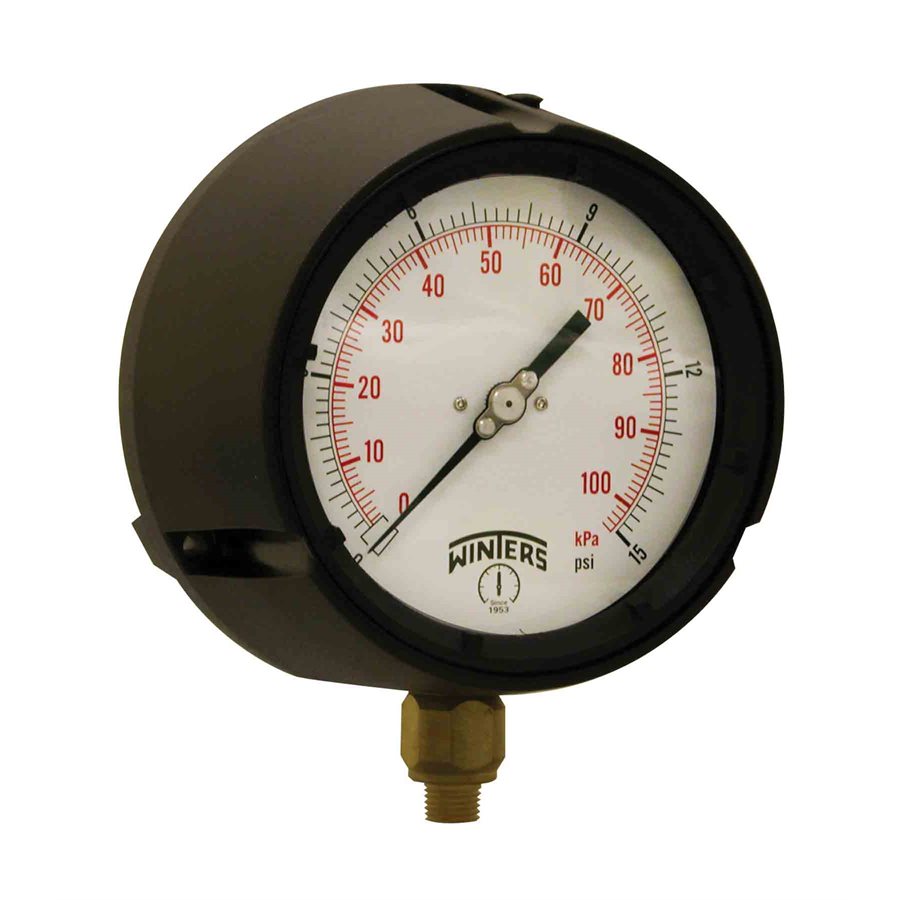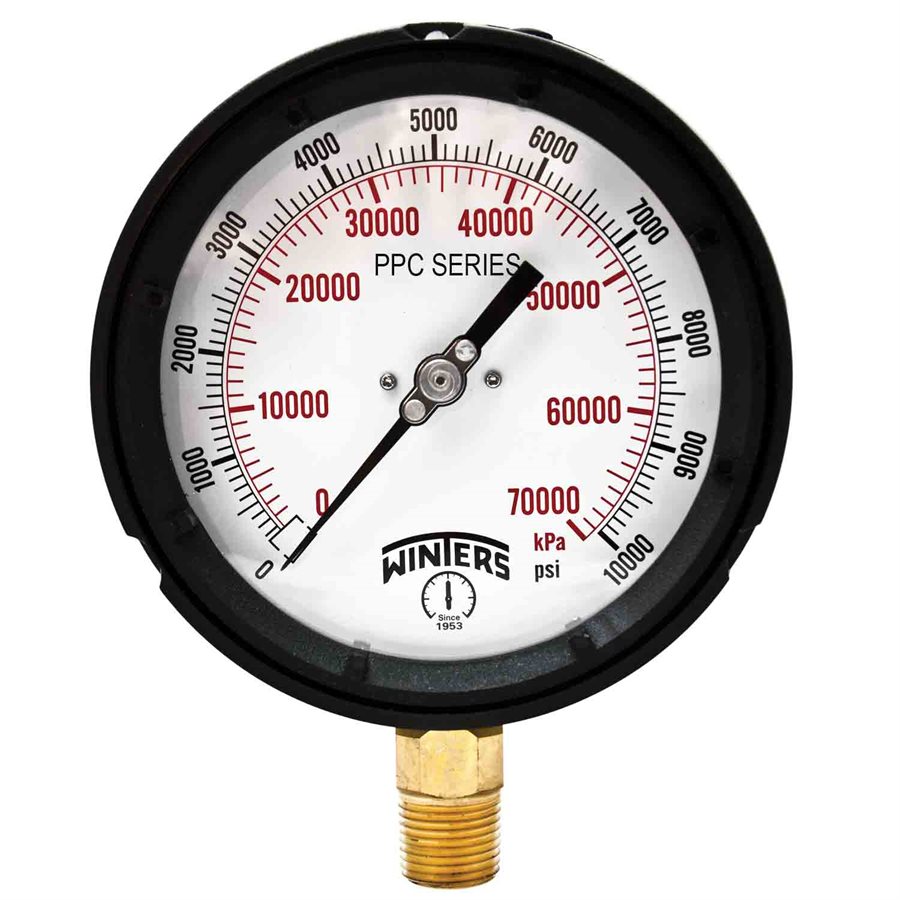

Kilopascals -> pound force per square meter.Kilopascals -> meganewton per square kilometer.


15 PSI TO KPA HOW TO
How to convert Kilopascals to Psi (kPa to psi)?ġ x 0.14503773772954 psi = 0.14503773772954 Psi.Īlways check the results rounding errors may occur. Psi to Kilopascal Conversion Table Psi ġ5 psi = 15 × 6.8947572932 kPa = 103.The base unit for pressure is pascals (Non-SI Unit) This is true of most countries, including the United States. The kilopascal is more prevalent in scientific contexts such as material science, engineering, and geophysics. 15 psig to kpa 103.42136 kpa 20 psig to kpa 137.89515 kpa 25 psig to kpa 172.36893 kpa 30 psig to kpa 206.84272 kpa 40 psig to kpa 275. Exceptions include certain countries that use either the imperial or United States customary systems of measurement, such as the United States, in which the unit of pound per square inch is more commonly used. In 1971, at the 14 th General Conference on Weights and Measures, the pascal was adopted as an SI derived unit of pressure.Ĭurrent use: The kilopascal is widely used worldwide in countries that have adopted SI. For example, to convert from bar to pounds per square inch you would multiply by 100000 then divide by 6894.757. The kilopascal is simply a multiple of the pascal, as is common within SI. History/origin: The unit, pascal, is named after Blaise Pascal, a French mathematician and physicist. Pound per Square Inch Kilopascal Description 14.7 psi: 101.353 kPa: 14.7 psi to kPa 101.353 15 psi: 103.421 kPa: 15 psi to kPa 103.421 32 psi: 220. A kilopascal is defined as 1,000 Pa, where 1 Pa is defined as the pressure exerted by a 1 newton force applied perpendicularly to an area of one square meter, expressed as 1 N/m 2 or 1 kg/m Kilopascalĭefinition: A kilopascal (symbol: kPa) is a multiple of the pascal (Pa), an SI (International System of Units) derived unit of pressure used to measure internal pressure, Young's modulus, stress, and ultimate tensile strength. Although the pascal is more widely used in scientific contexts, psi is more often used in everyday contexts, particularly in countries like the United States as well as others under the US customary or imperial systems of units. As such, the prototype pound at the time was known as the avoirdupois wool pound.Ĭurrent use: The psi is fairly widely used to measure numerous pressures, such as tire pressure, scuba tank pressure, natural gas pipeline pressure, among others. The system is believed to have come into use in England around 1300 and was used in the international wool trade. It is based on the avoirdupois system, a system that uses weights in terms of the avoirdupois pound, which was standardized in 1959. History/origin: Pound-force per square inch is a unit that originated in the imperial and US customary systems of units. One psi is approximately 6,895 pascals (N/m 2). It is defined as the pressure that results when a force of one pound-force is applied to a one-square-inch area. Definition: A pound-force per square inch (symbol: psi) is an imperial and US customary unit of pressure based on avoirdupois units.


 0 kommentar(er)
0 kommentar(er)
